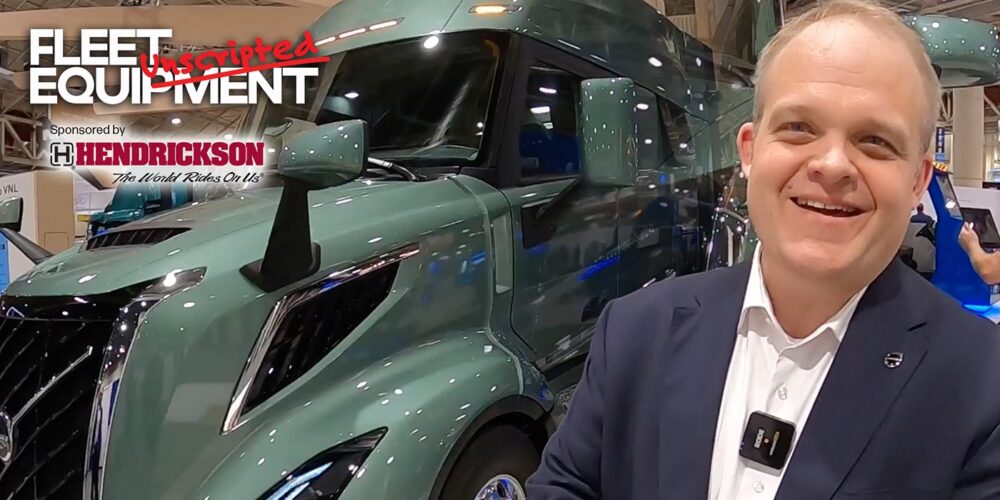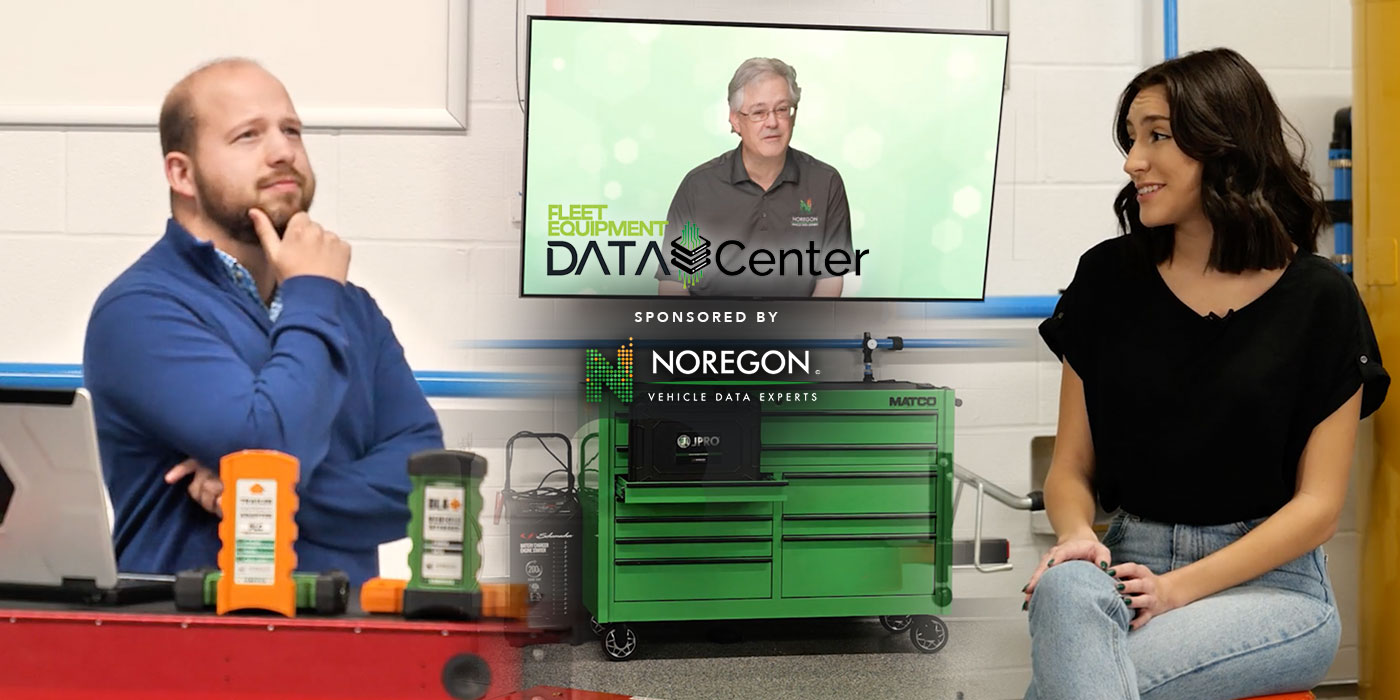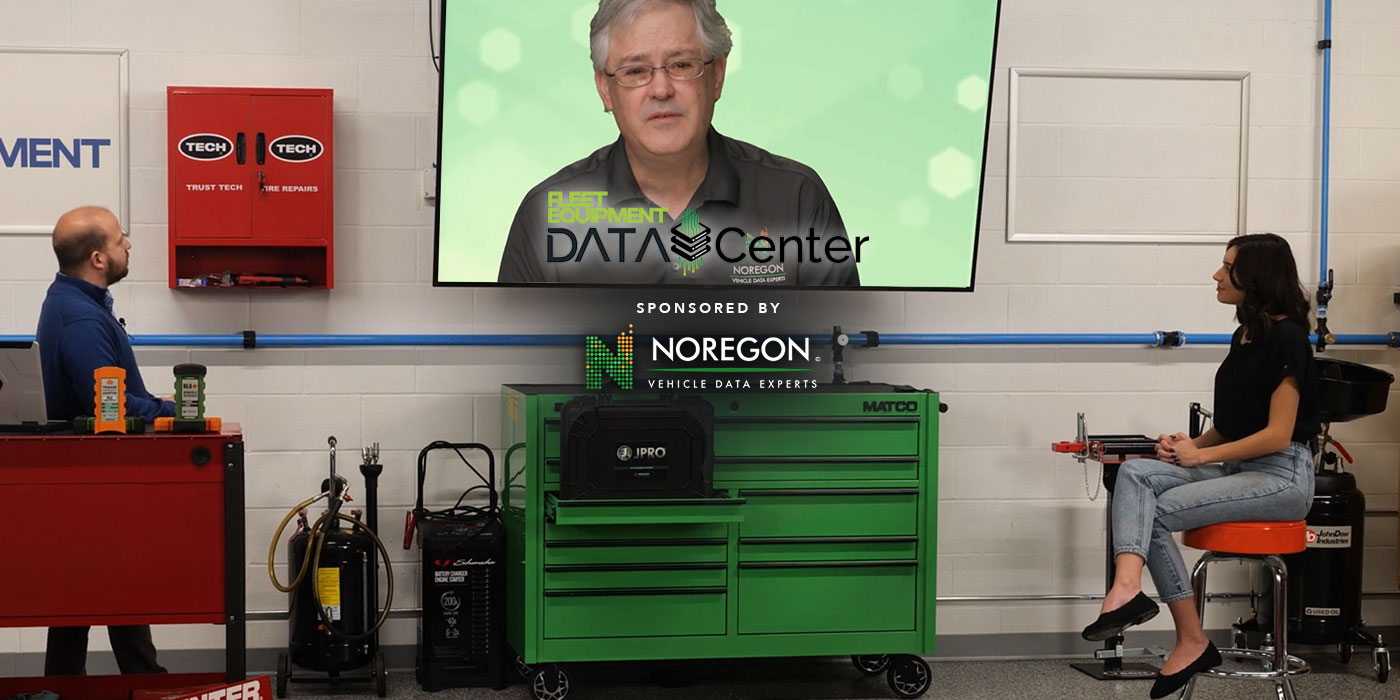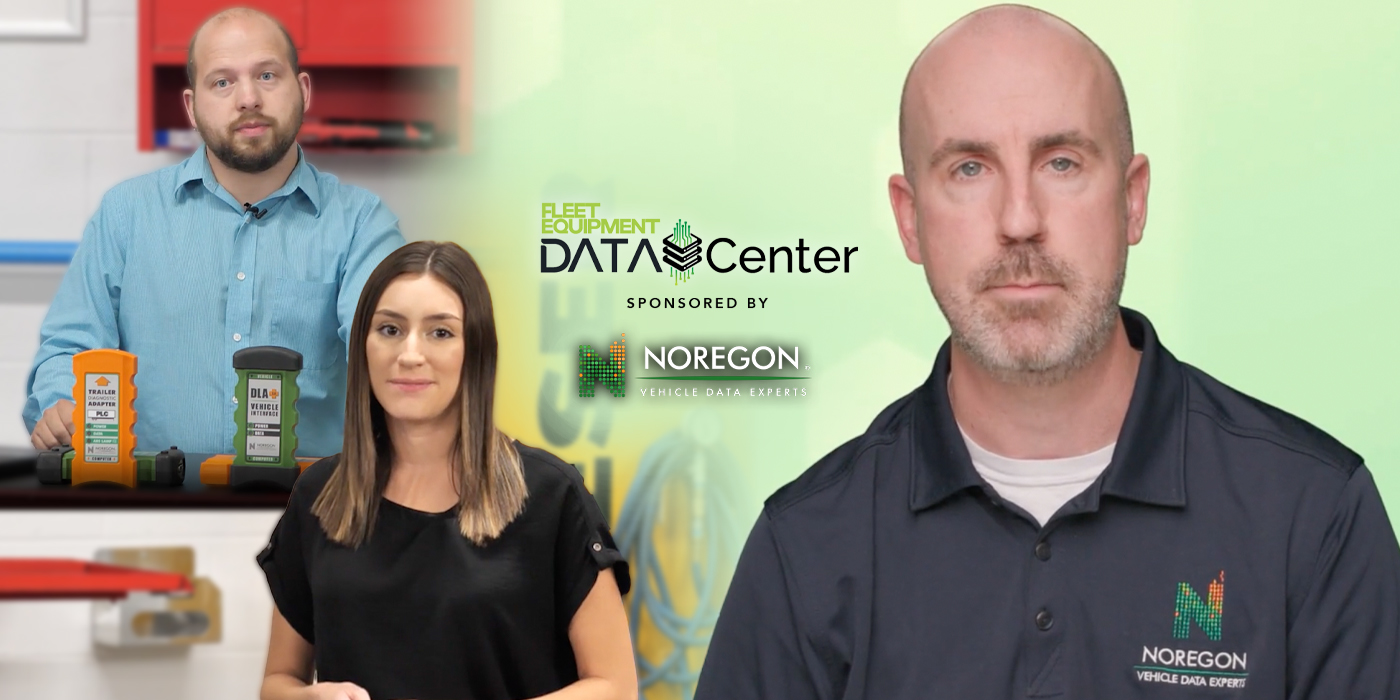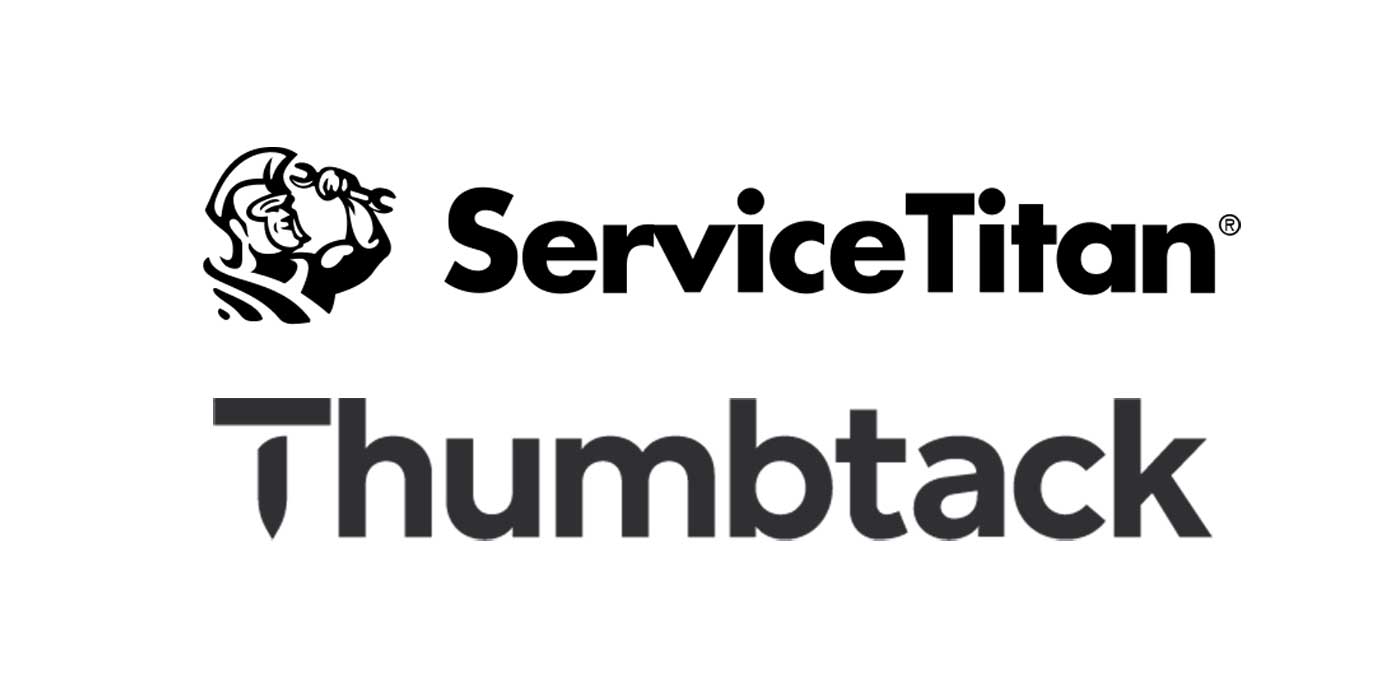With so many data points streaming off of trucks, integrating that data to minimize your number of dashboards and maximize your data usage is key, but not something you want to do alone.
The data integration process starts with talking with all of your equipment and service providers to bring them to the integration table, discuss the data points you want integrated onto your platforms of choice.
It sounds simple, but it can become very complicated very quickly, especially when the industry is evolving at a rapid pace. Some OEMs have deep integrations with service providers. Take Volvo Trucks, for example. They have integrations with both Noregon and Geotab that go deeper than with their other service providers, offering features like the Dynamic Maintenance feature that is possible through the Noregon partnership and a Geotab Drive + Fleet for Volvo Trucks telematics platform.
Understanding what your existing systems, both OEM and third-party, are capable of and offer is an important step. You don’t want to reinvent the data integration wheel. From there, the dashboard the data integrates into should be designed with an eye toward supporting as many data points and sources as possible.
Fleet Equipment’s Data Center is sponsored by Noregon. Subscribe to our newsletter to catch every episode as we’ll be diving into use cases, talking with the data pros and making data usage approachable.





